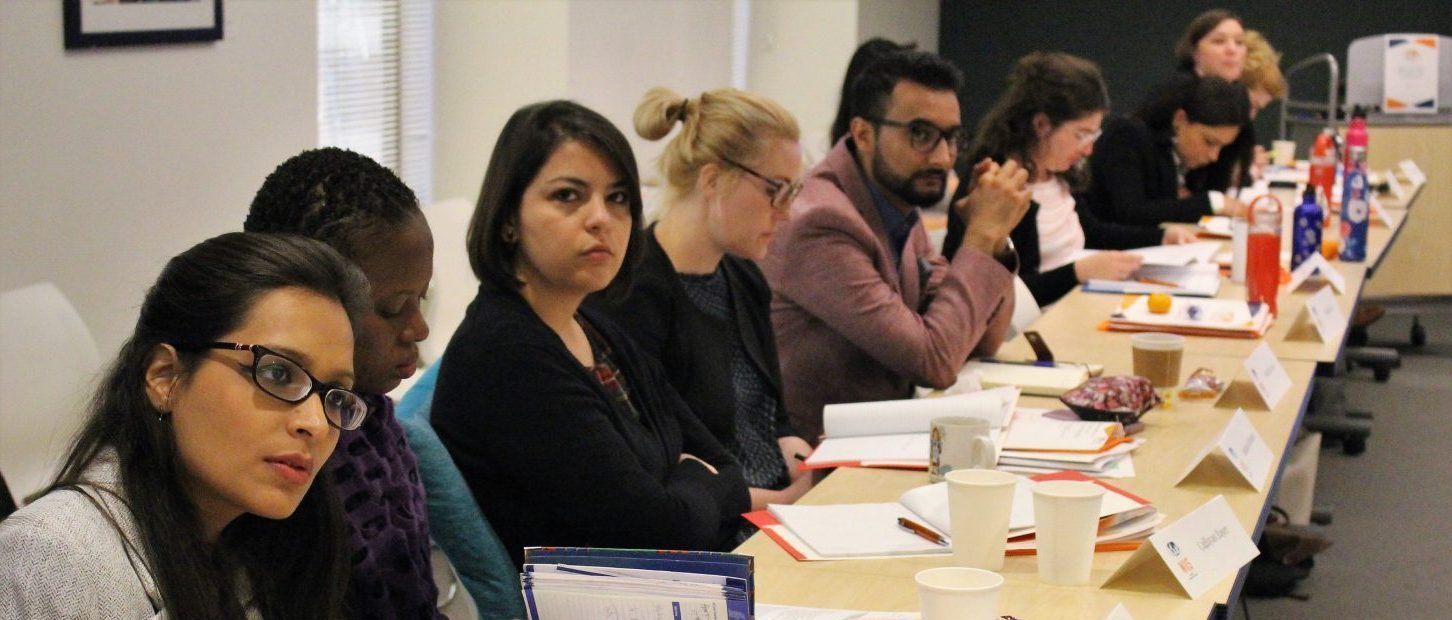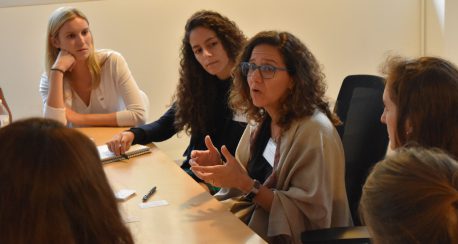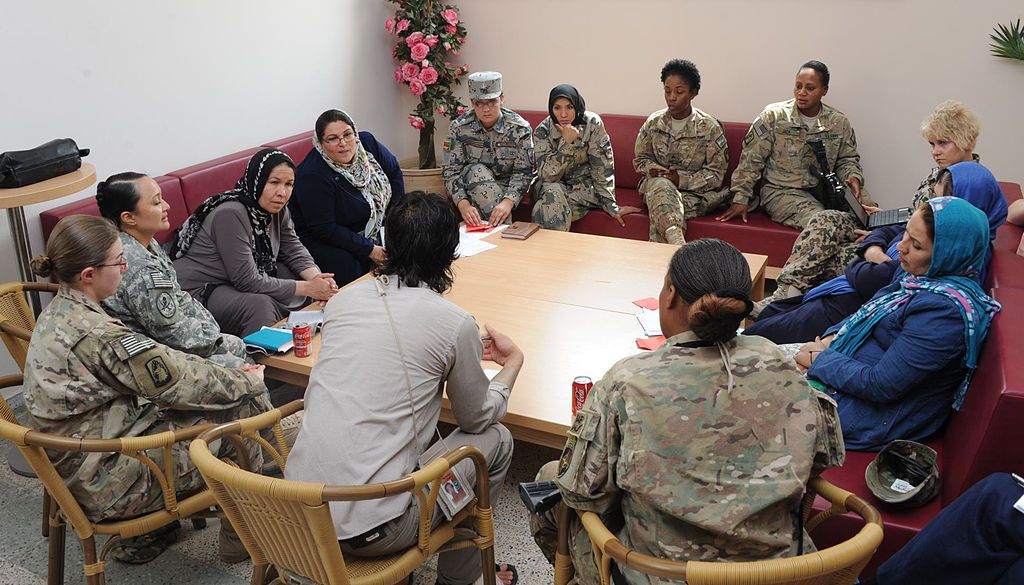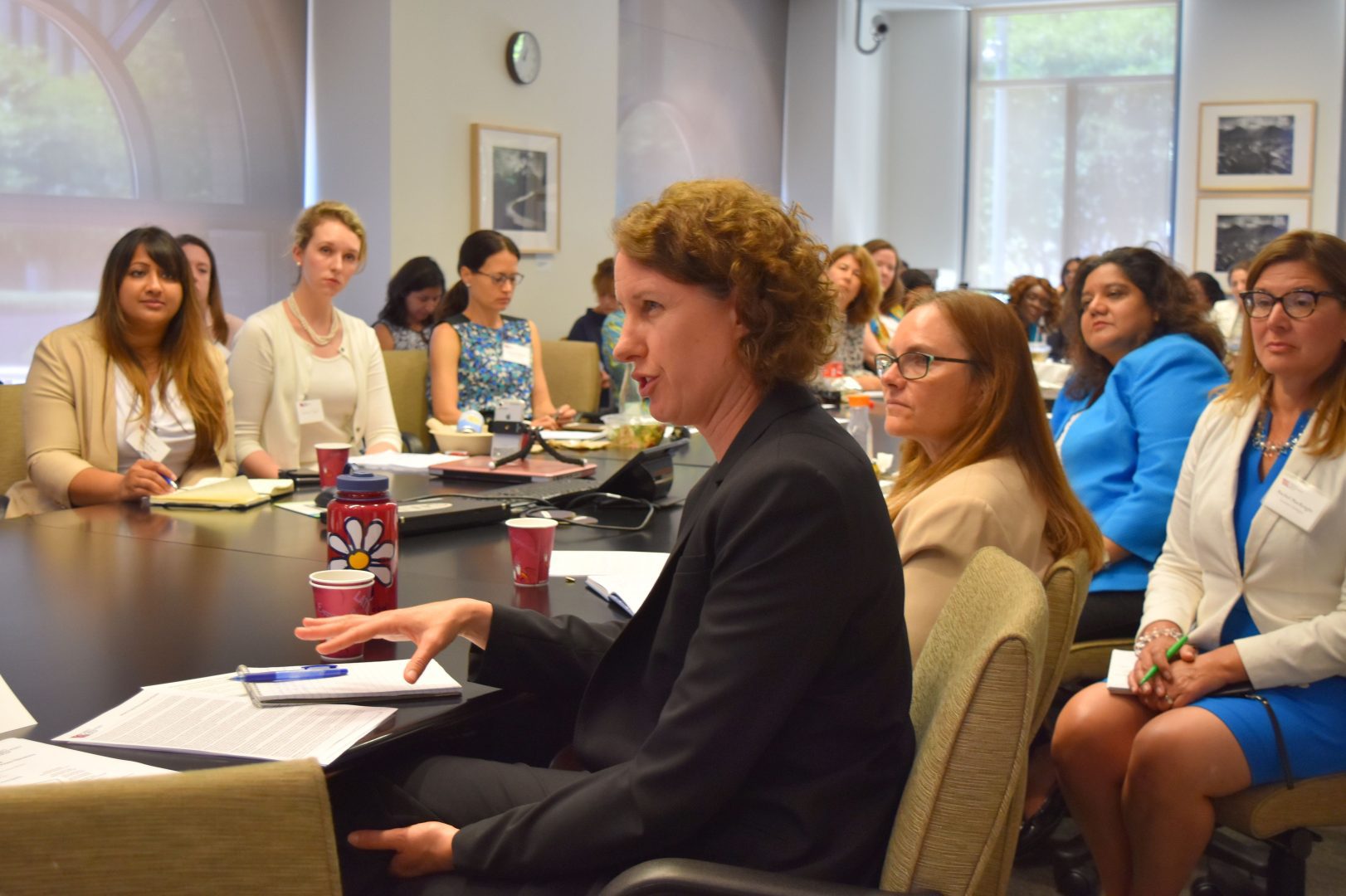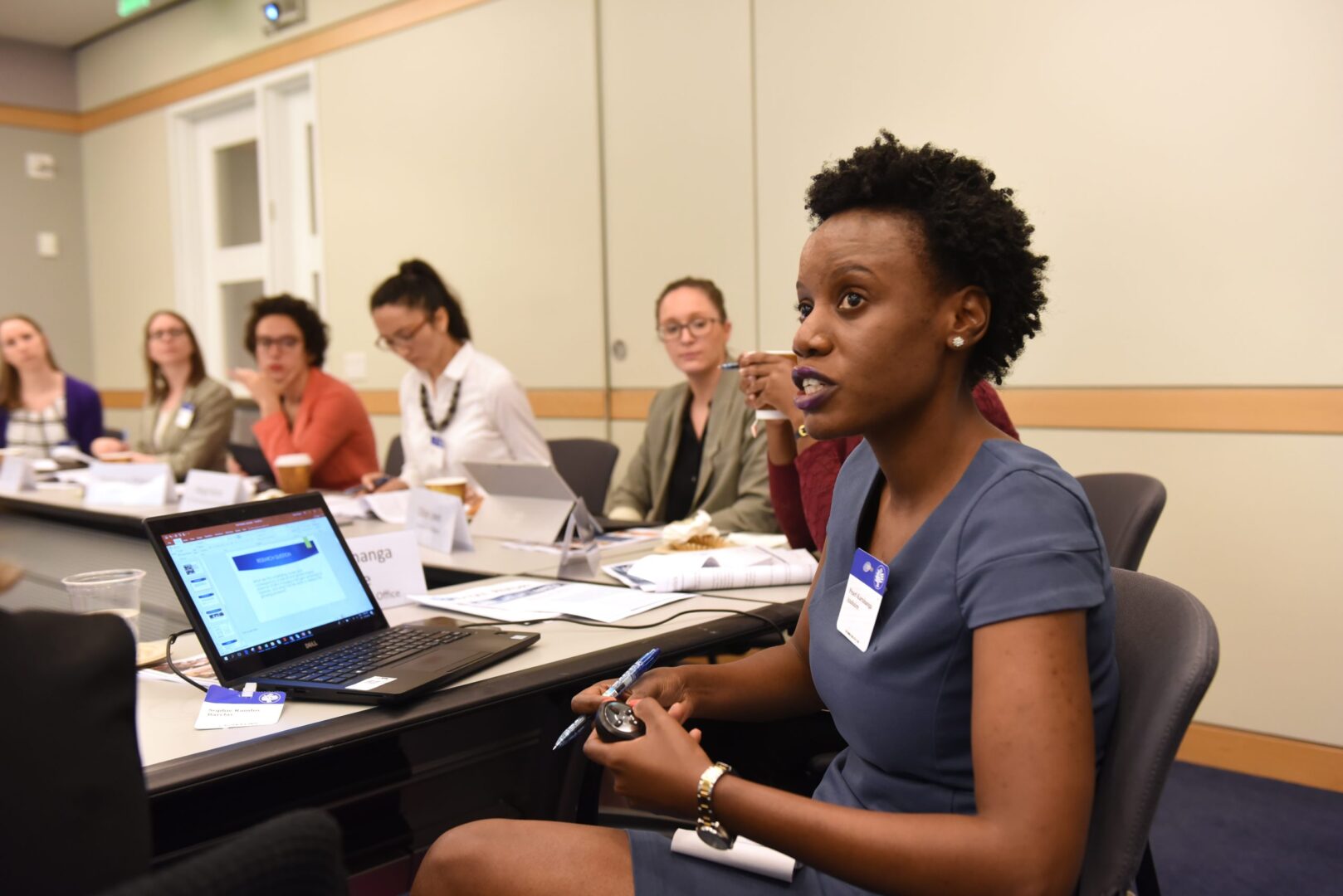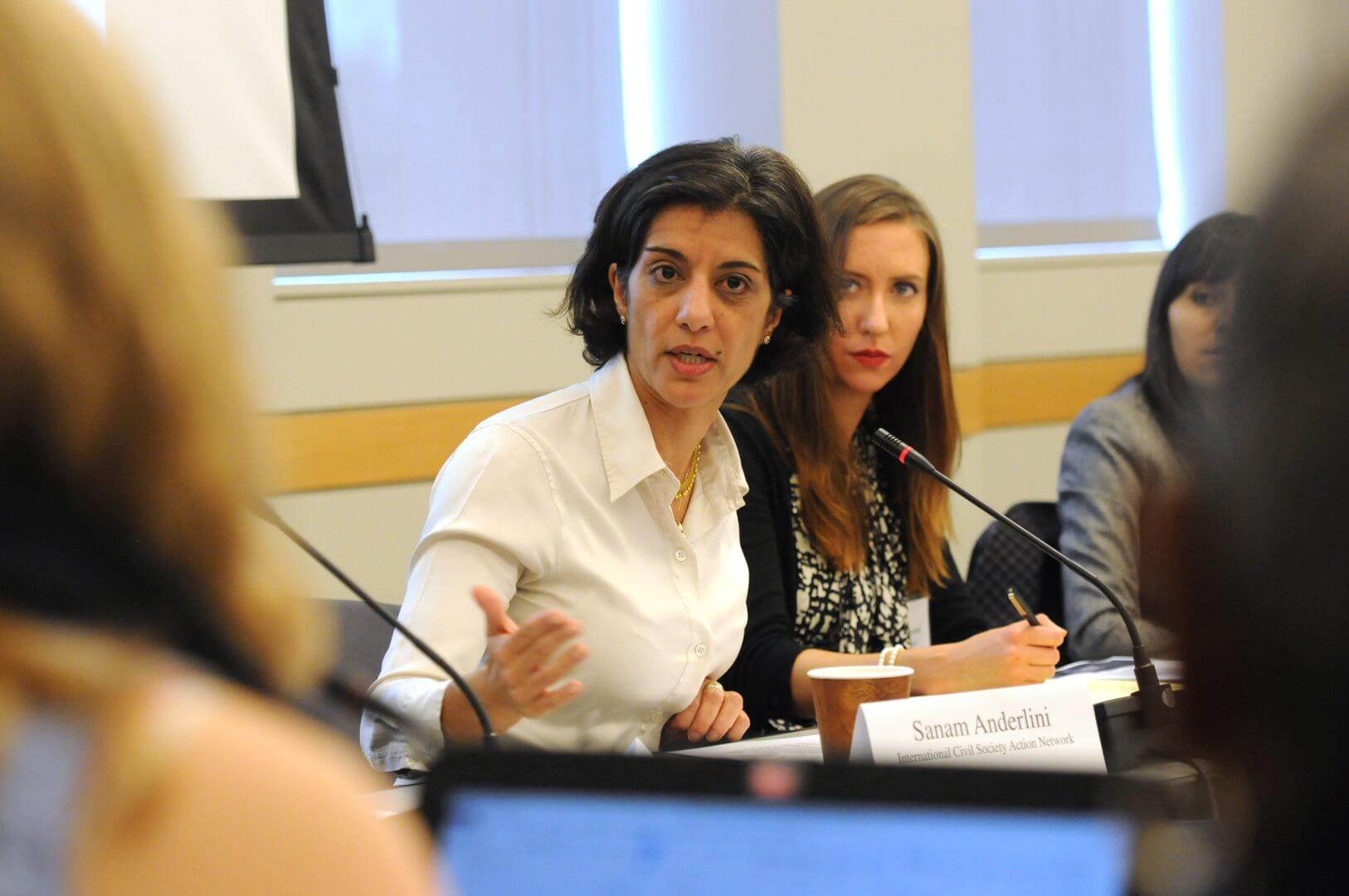Showing Progress, Sharing Knowledge
The Women, Peace and Security (WPS) agenda prioritized the participation of women in security (military and police) forces. Studies show integrating a gendered perspective makes missions more effective. WIIS provides expertise and experience to help organizations achieve WPS goals.
Through its training modules, audits, and Gender Assessment Tool, WIIS provides support to security organizations and U.S. partner nations in assessing progress in implementing the WPS agenda to advance gender equality and women’s leadership in the security sector.
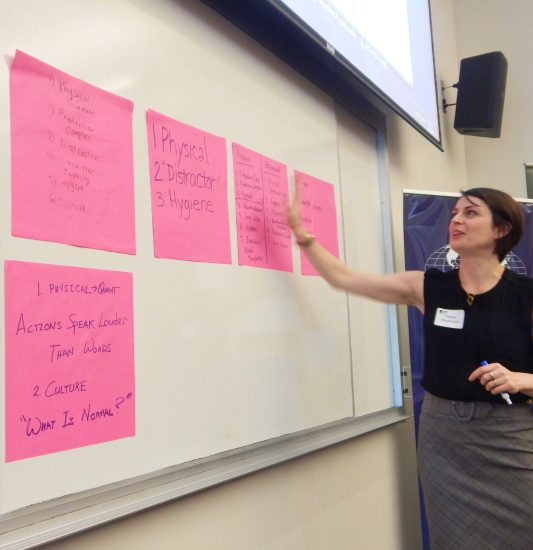
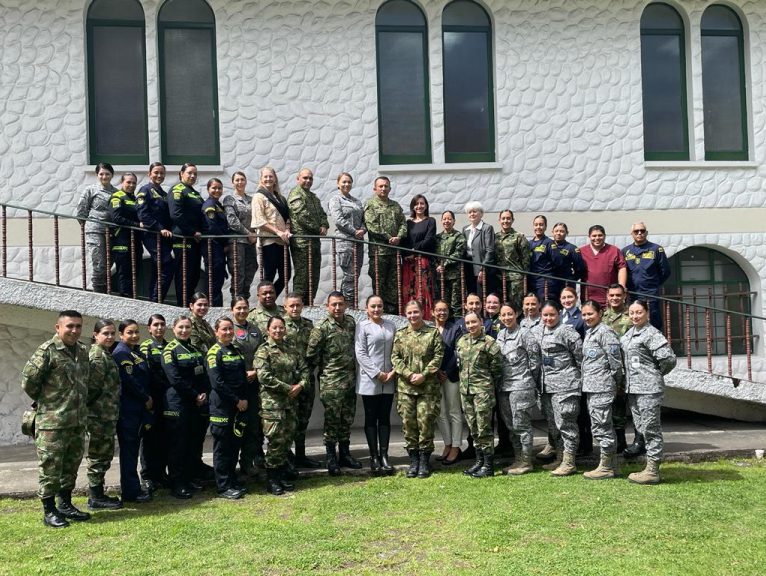
What is a Gender Assessment Tool?
The WIIS WPS Gender Assessment Tool was developed to assess the extent to which the WPS agenda and, more generally, the principles of gender equality, are integrated into the security sector (military and national police) of a country.
The Gender Assessment Tool Methodology
The WPS Gender Assessment Tool measures progress across three main sections: political will, institutional policy and practice, and monitoring and evaluation. A defined set of key indicators for each section was built, such as: Is there support at the highest level? Is leadership prepared to change institutional structures, policies, and practices that make a difference? And are there effective monitoring and evaluation mechanisms in place to track progress, identify gaps, and make changes accordingly?
Both quantitative and qualitative methodological tools were developed. Individual country teams with diverse membership (government, military, academic, civil society) was organized to collect data and provide expertise.
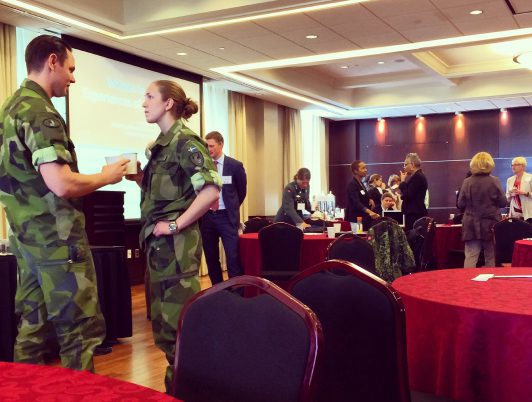
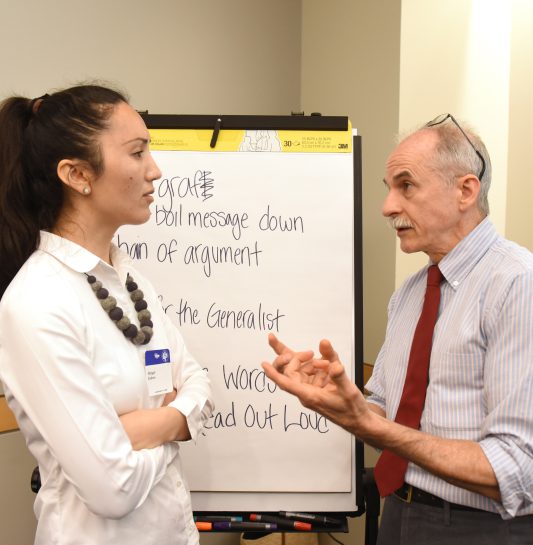
For the quantitative assessment, a WPS scoring protocol was developed to establish section averages. An assessment template was created in which data were analyzed and an assessment written for each country in the project.
In addition, a qualitative assessment was produced that provided context and an overall evaluation of progress regarding implementation of the gender equality and WPS agenda. The elaboration of qualitative and quantitative reports included many follow-up interviews with the country teams and sources to ensure an accurate evaluation of data. All country teams reviewed the final products.
Data Findings from Selected Assessments
Fact #1: Political Will
Most governments examined have strong normative and legal frameworks for gender equality but lag in providing resources, implementing institutional reforms, implementing an effective monitoring and evaluation mechanism, and eliminating discriminatory practices to make progress.
Fact #2: Participation
Low participation and promotion rates were evident in all countries, which is linked to retention problems and the need for significant reforms in institutional policies such as promotions, access to training/education programs, sexual harassment/assault, and family leave policies.
Fact #3: NAP
National Action Plans are an indicator of potential progress but insufficient to make actual progress; factors such as detailed implementation plans, committed resources, monitoring and evaluation mechanisms, institutional reform, and continued political will to sustain real transformation are needed.
Fact #4: Training
The assessment found that a systematic, integrated gender training program varied among countries; equal access to training opportunities—a factor in promotion considerations—is important. Training more Gender Advisors, who integrate gender perspectives into operational environments, is needed.
Our WPS Training Programs
WIIS training courses address essential gaps in integrating the WPS agenda in military and security organizations, providing training for government agencies, including security and defense institutions, on how to successfully implement WPS goals and objectives.
Join Our Professional Training Roster
The WIIS Training Roster retains top professionals with military training, regional expertise, and gender education experience to lead training modules.
